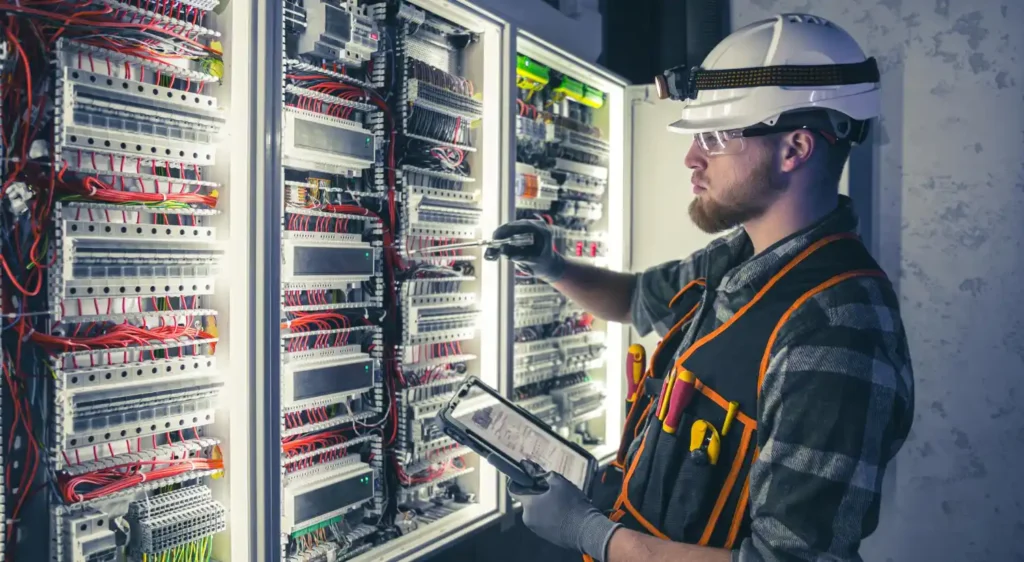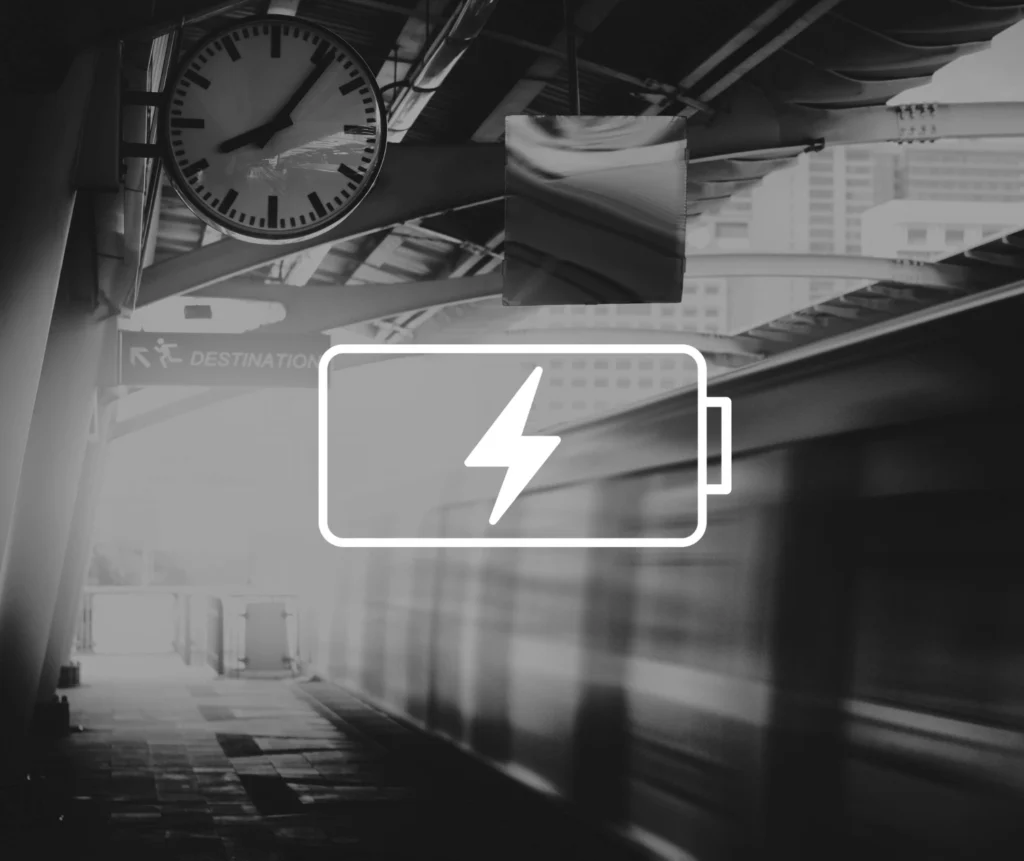The UK Government has said that it will revise building regulations because of the issues raised by the appalling tragedy of the Grenfell Tower fire. While attention is rightly concentrated on the building fabric and the safety of the people living in flats, attention on this sector may also provide the right time to improve residents long-term comfort and reduce their heating costs by setting quality standards for their heating.
Since the 1968 gas explosion in the Ronan Point tower and its partial collapse, installation of gas appliances in high rise flats has been considered potentially hazardous, leaving electric resistance heating or communal heating as the safer alternatives for heating. While developers will prefer electric resistance heating as it is cheap to install, local planning authorities – particularly in London – have been demanding a greener alternative of district heating with either CHP or an electric heat pump as a source of heat.
Speculative developers move on after sale and there are examples of poorly installed communal or district heating schemes, particularly in new private apartment blocks. Residents complain of excessive heating bills while their communal areas are uncomfortably overheated. “Switching” supplier for lower bills or better service is not an option as heat supply is an unregulated monopoly and does not lend itself (at the UK small scale) to unbundling.
It was for this reason that the CHPA (now the ADE) went in 2012 to CIBSE, the Charter Institution of Building Services Engineers, to suggest the creation of a technical standard for specifying and installing district heating schemes, or heat networks. Fortunately, CIBSE had been thinking along the same lines and so, with the financial support of the UK Government, the CIBSE-ADE Heat Network Code of Practice has been developed to set out a quality approach to installation and operation.
The obvious limitation of the Code is that it is presently voluntary. It was hoped that local authorities would include it as a planning condition but there is little evidence that this has been widespread.
The revision to the Code this year by CIBSE and the announcement by ADE that they are developing a Code compliance scheme gives the opportunity to prepare it to become part of building regulations. The reason the Government needs to include the Code in building regulations is to ensure a minimum standard across all newly created district heating schemes. A badly installed scheme will emit higher carbon emissions than a comparable good one, it will technically underperform and cost customers more to obtain the same level of heating as a better scheme.
The recent Clean Growth Strategy (p67, paragraph 11 & 12) states that the government intends to consult on making improvements to building regulations requirements for new and existing commercial buildings to promote low carbon and higher efficiency heating. The strategy also commits the government to consult in 2018 on how best to improve the energy performance of private rented sector buildings through tighter minimum energy standards.
The UK and Scottish Governments are supporting heat networks as a “no regrets” solution to decarbonising heat in buildings and is requiring the Code to be followed in schemes they are financially supporting. However, there is a continuing reputation risk to heat networks unless efforts are made to maintain quality across all new schemes. It is up to Government to set a deadline for industry to develop the Code and any compliance scheme to be included in revised building regulations.
Ian Manders is the UK energy policy advisor to the Danish Embassy. He was deputy director at the then CHPA with responsibility for initiating an independent resident protection scheme (now the Heat Trust) and with CIBSE the Code of Practice. All views in this article are the author’s own.

